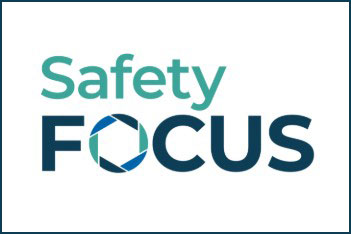
Don Martin, M.P.H., CSP, CIH, senior vice president at DEKRA Insight, is presenting at SeminarFest 2017: “Cognitive Bias in Safety: Controlling the Consequences” and “Uncovering the Real Causes of Fatalities and Severe Loss.” Martin to discuss the major role cognitive bias plays in safety and how to best analyze situations in which a catastrophic event has occurred.
Cognitive bias is a concept that is not exclusive to safety, but plays a major part in all decision making, sometimes without people even knowing they are doing it. “They are these mental shortcuts that make life a lot easier for all of us,” says Martin. “What happens in the safety area is that these cognitive biases enter into the picture when we make decisions around safety and they are not controlled by active logic processes. When we hear about an incident that has just occurred and has been reported to us, sometimes we automatically conclude what the root causes are. Cognitive biases enter in so many of our thought processes so rapidly that we do not even know it is happening.”
At SeminarFest, Martin will aim to help attendees consider the concept by breaking down the thought processes an individual’s brain goes through when analyzing a situation that may be unsafe. “I take the group through a series of processes that do not require active thinking, but they still come to a conclusion about what they saw and what they read, he says. “It is a way to illustrate how the brain is constantly working in the background. The challenge is that you cannot actually stop a cognitive bias from happening, but what you can interrupt are its negative effects. Recognizing you have them is the first step into interrupting the outcomes of some of the decisions we might be making.”
In “Uncovering the Real Causes of Fatalities and Severe Loss,” Martin draws fro a “unique body of knowledge to draw from for investigation and root cause analysis of catastrophic events.” Martin and his colleague Alison Black published a peer-reviewed article on the cause of serious injuries and fatalities that was featured in the September 2015 issue of Professional Safety. “We have labeled them SIF (serious injury and fatality) precursors, and how they are discoverable and, therefore, predictive of a serious injury or a fatal event,” he says. “That is the research body, including other research that has been done with clients’ experiences with more than 90 organizations that have been working on this area of prevention of serious injuries and fatalities.”
Martin draws on that body of data, research and experience to look at the investigation process surrounding actual SIFs. His purpose is to examine those incidents to determine how we could be better at the investigations and get to the true multiple root causes and contributing factors. It is also important to determine the best preventive and corrective actions to prevent recurrence of those types of events, Martin says.
- Learn more about Martin's seminars here:
- 28. Cognitive Bias in Safety: Controlling the Consequences
- 29. Uncovering the Real Causes of Fatalities and Severe Loss





